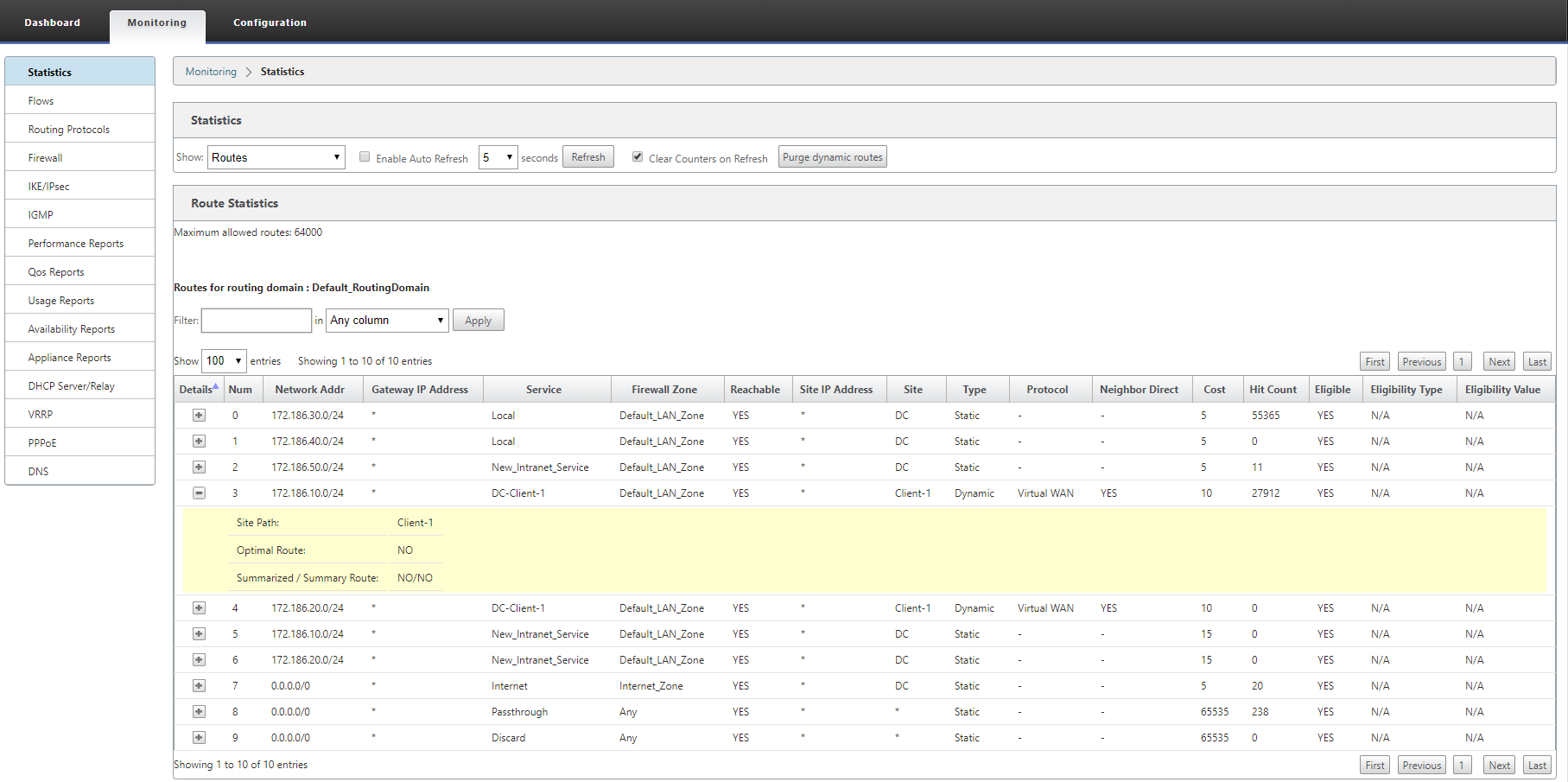-
-
Route statistics
-
-
This content has been machine translated dynamically.
Dieser Inhalt ist eine maschinelle Übersetzung, die dynamisch erstellt wurde. (Haftungsausschluss)
Cet article a été traduit automatiquement de manière dynamique. (Clause de non responsabilité)
Este artículo lo ha traducido una máquina de forma dinámica. (Aviso legal)
此内容已经过机器动态翻译。 放弃
このコンテンツは動的に機械翻訳されています。免責事項
이 콘텐츠는 동적으로 기계 번역되었습니다. 책임 부인
Este texto foi traduzido automaticamente. (Aviso legal)
Questo contenuto è stato tradotto dinamicamente con traduzione automatica.(Esclusione di responsabilità))
This article has been machine translated.
Dieser Artikel wurde maschinell übersetzt. (Haftungsausschluss)
Ce article a été traduit automatiquement. (Clause de non responsabilité)
Este artículo ha sido traducido automáticamente. (Aviso legal)
この記事は機械翻訳されています.免責事項
이 기사는 기계 번역되었습니다.책임 부인
Este artigo foi traduzido automaticamente.(Aviso legal)
这篇文章已经过机器翻译.放弃
Questo articolo è stato tradotto automaticamente.(Esclusione di responsabilità))
Translation failed!
Route statistics
To view route statistics of your SD-WAN appliances, in the SD-WAN GUI navigate to Monitoring > Statistics > Routes.

You can view the following parameters:
- Network Address: The Network address and subnet mask of the route.
-
Details: Click + to display the following information.
-
Site Path: Site Path is a source of truth metric for the received prefix. It is used in situations where WAN to WAN forwarding is enabled on multiple devices and in mesh deployment. Multiple such prefixes are received and the administrators are able to judge the prefix attributes by viewing the site path.
For example, consider a simple topology of Branch1, Branch2, and MCN along with a Geo MCN. Branch1 has a prefix 172.16.1.0/24 and has to get to Branch2. Geo MCN and MCN have WAN to WAN forwarding enabled.
The prefix 172.16.1.0/24 can get to Branch2 via Branch1-MCN-Branch2, Branch1-Geo-Branch2, and Branch1-MCN-Geo-Branch2. For each of these distinct prefixes the routing table is updated with their site path metric. The site path metric indicates the origin of the route prefix and the cost involved to get to Branch2.
-
Optimal Route: Optimal route indicates whether the route is the optimal route to reach that subnet compared to all other routes. This optimal route is exported to other sites.
-
Summarized/ Summary Route: A summary route is a route configured explicitly by an administrator to summarize multiple prefixes that fall in the supernet. Summarized routes are the prefixes that fall under the summary route.
For example, assume that we have a summary route 172.16.0.0/16. This is a summary route only and not a summarized route. A summary route has Summary ‘YES’ and Summarized ‘NO’. If there are few other subnets like 172.16.1.0/24, 172.16.2.0/24 and 172.16.3.0/24, these three routes fall under the summary route or the supernet and hence are called summarized routes. A summarized route has Summarized ‘YES’ and Summary ‘NO’.
-
- Gateway IP Address: The IP address of the gateway/route used to reach this route.
-
Service: The type of Citrix SD-WAN service.
- Firewall Zone: The firewall zone used by the route.
- Reachable: Is the route reachable or not.
- Site IP Address: The IP address of the site.
- Site: The name of the site.
-
Type: Type of a route depends upon the source of the route learning. The routes on the LAN side and routes entered manually during configuration are Static routes. Routes learned from the SD-WAN or dynamic routing peers are Dynamic routes.
-
Protocol: The protocol of the prefixes.
- Local: Local virtual IPs of the appliance.
- Virtual WAN: Prefixes learned from peer SD-WAN appliances.
- OSPF: Prefixes learned from OSPF dynamic routing peer.
- BGP: Prefixes learned from BGP dynamic routing peer.
-
Neighbor Direct: Indicates whether the subnet is connected to the branch from which the route came to the appliance.
-
Cost: The cost used to determine the best path to a destination network.
-
Hit Count: The number of times a route was hit to forward a packet to that subnet.
-
Eligible: Indicates that the route is eligible and is used for forwarding or routing the packets to the prefix hit during traffic processing.
-
Eligibility Type: The following two eligibility types are available.
- Gateway eligibility: Determines if the gateway is reachable or not.
- Path eligibility: Determines if the path is DEAD or NOT DEAD.
- Eligibility Value: The value selected for the gateway or the path in the configuration while the route is created in the system. For instance a route can be called eligible based on a path MCN-WL-1->BR1-WL-2. So the eligibility value for this route in the routes section is the value MCN-WL-1->BR1-WL-2.
Share
Share
In this article
This Preview product documentation is Cloud Software Group Confidential.
You agree to hold this documentation confidential pursuant to the terms of your Cloud Software Group Beta/Tech Preview Agreement.
The development, release and timing of any features or functionality described in the Preview documentation remains at our sole discretion and are subject to change without notice or consultation.
The documentation is for informational purposes only and is not a commitment, promise or legal obligation to deliver any material, code or functionality and should not be relied upon in making Cloud Software Group product purchase decisions.
If you do not agree, select I DO NOT AGREE to exit.